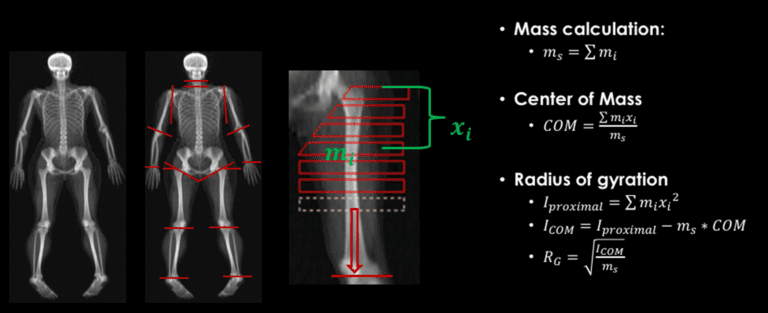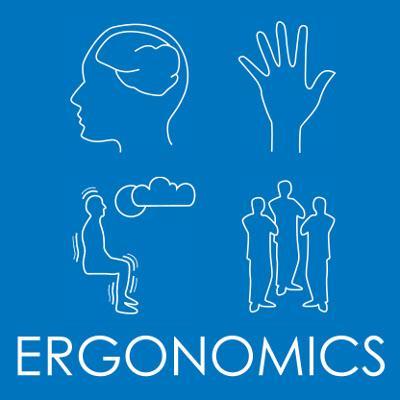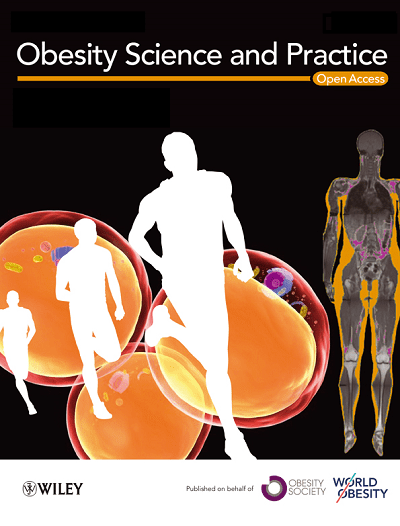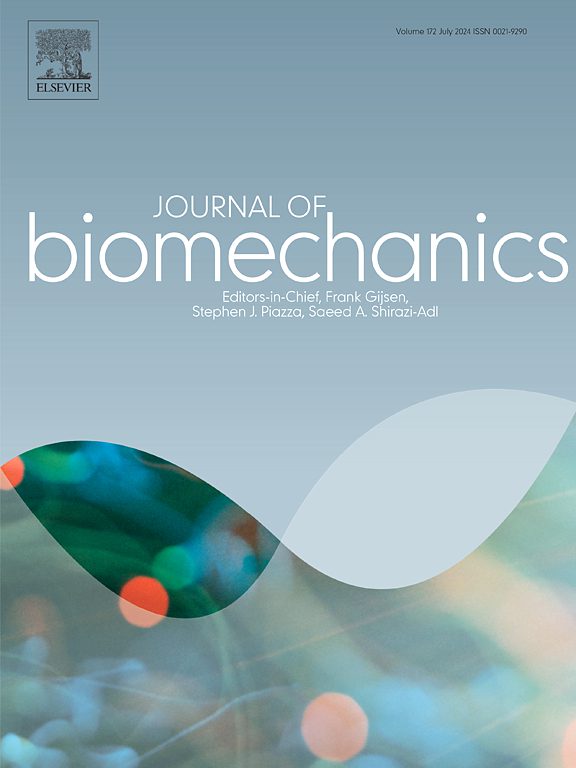

Human Factors Engineering
Special Populations
Special Populations
Obesity and Body Segment Parameters in Working Adults
Sources of anthropometric data, specifically body segment inertial parameters, are of critical importance in ergonomics and occupational biomechanics. Current models predicting such anthropometric variables are developed based on data collected in normal-weight young adults. Yet, over 60% of all US workers are either overweight or obese and this obesity epidemic worsens with increasing age with more than 75% of workers over the age of 60 years old being overweight or obese. Thus, there was a need to generate new models to predict body segment parameters that better reflect the working population. The study team developed new datasets of body segment parameters that included body mass index (BMI) as a factor across the age span of working adults using Dual Energy X-Ray Absorption (DXA) methods. More specifically, the goal of the proposed project funded by a NIOSH R01 research grant was twofold: (1) quantify the impact of obesity on body segment parameters in full-time workers aged 21 to 70 years old, and (2) develop BMI-specific regression models for the prediction of body segment parameters in the same population.
People




Graduate Student
Undergraduate Student
Year Graduated: 2019
Zach Merrill
After HMBL
Pittsburgh Biomechanics

Publications

Peer-Reviewed Article
2020
Ergonomics
Impact of seated height to stature ratio on torso segment parameters

Peer-Reviewed Article
2020
Obesity Science and Practice
Development and validation of body fat prediction models in American adults

Peer-Reviewed Article
2019
Journal of Biomechanics
Predictive regression modeling of body segment parameters using individual-based anthropometric measurements

Peer-Reviewed Article
2019
Journal of Biomechanics
Age and body mass index associations with body segment parameters

Peer-Reviewed Article
2018
Journal of Biomechanics
Effect of Trunk Segment Boundary Definitions on Frontal Plane Segment Inertial Calculations
